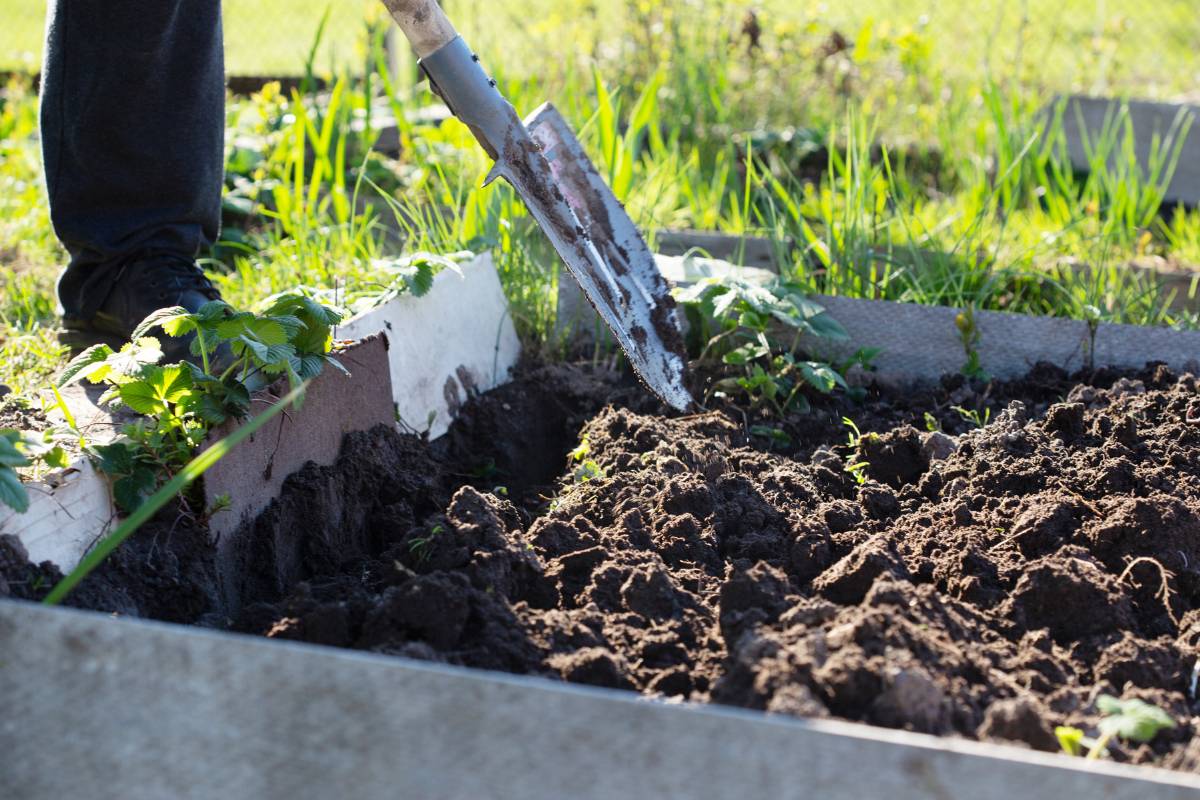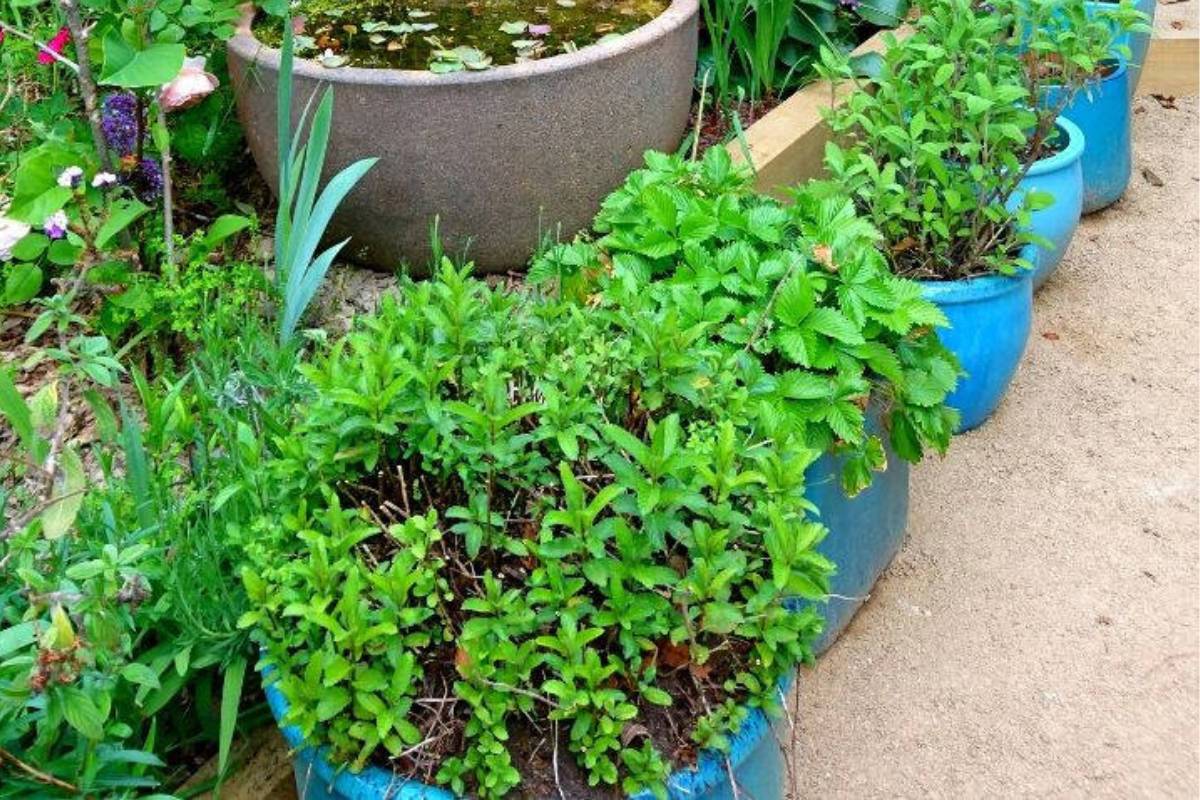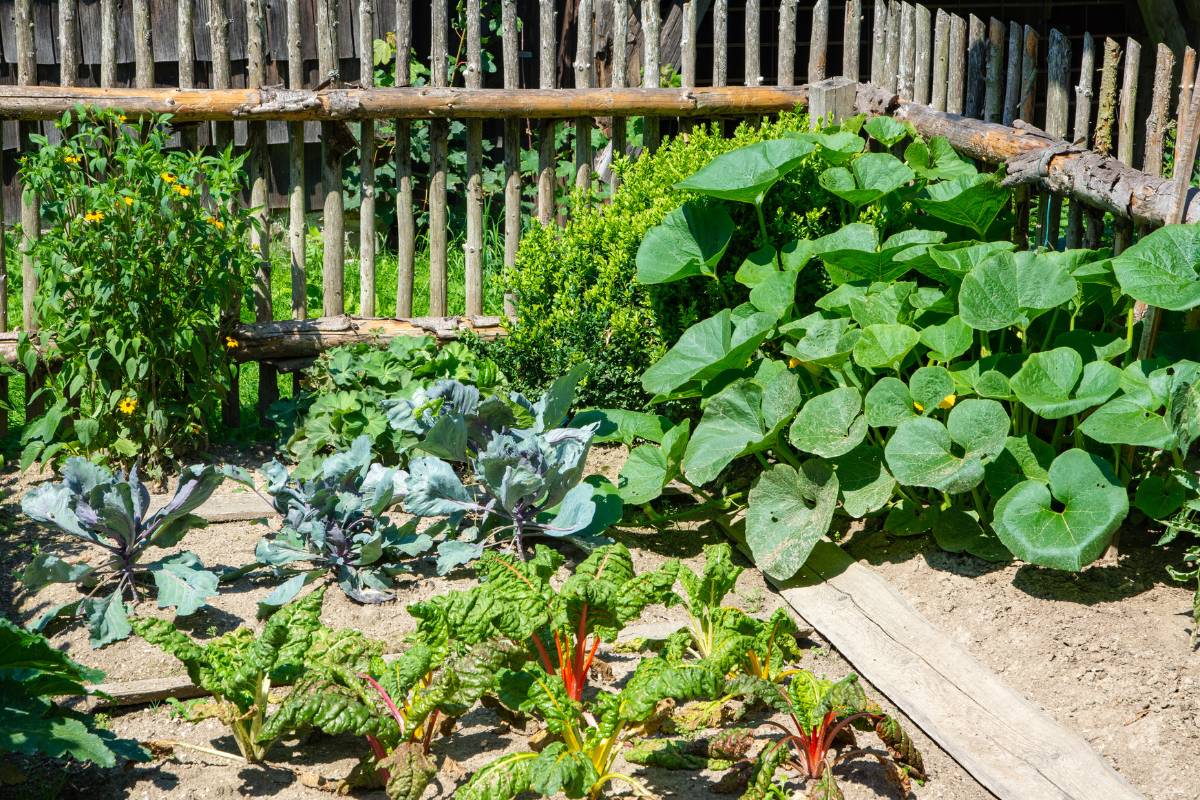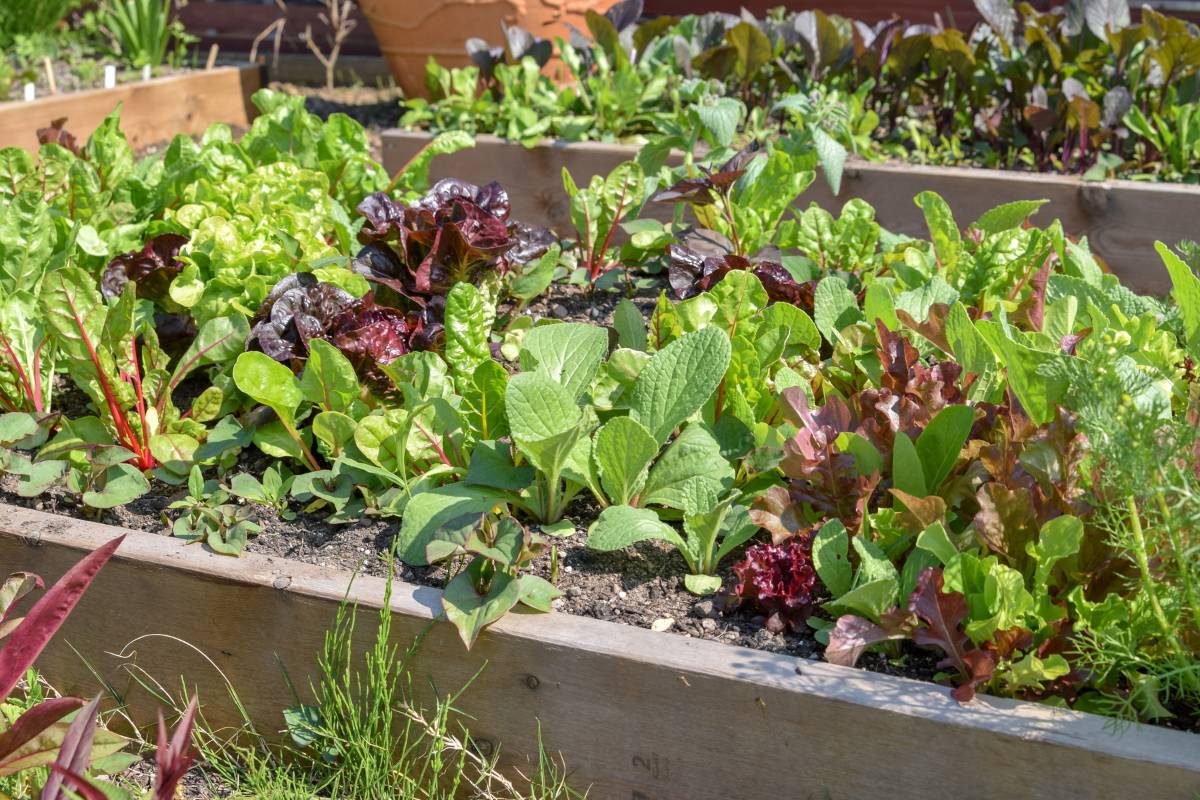Growing a kitchen garden is a rewarding endeavour. You will enjoy not only the edible end results, but every step of the process. Many beginner gardeners feel intimidated by the seemingly endless choices in everything from seeds to soils to tools and equipment, but going slow and keeping it simple until you gain some experience will help you achieve early successes and have some fun along the way. Whether you're an apartment dweller, live on acreage, or anything in-between, you can enjoy the process of growing your own food.
Here are a few things to consider to get you started.
Planning
One of the first things to think about is how much space you have available for your garden. If you live in an apartment, rent or have limited outdoor space, you may want to consider window boxes or window sill pots in which to plant herbs, and grow bags or containers for vegetables. You'll be surprised how much food a container garden can produce, even if you are limited to a balcony or patio. Another option is renting a plot in a community garden. Most community gardens charge a nominal fee, but they’re a great way to meet more experienced gardeners. If you have a garden, you'll need to decide how much of it you want to devote to your kitchen garden.
Unless you're planning a container garden, your next step will be to decide whether you're going to turn a patch of earth into a garden bed or build a raised bed. Garden beds are less expensive to construct, while raised beds have the advantage of starting with weed-free soil at a comfortable working height; both options can be fabulously productive.
You'll also need to decide where to put the garden, ensuring that you choose a spot that gets adequate sunlight. Most fruit and vegetables need at least six hours of direct sunlight per day to grow well. If you have less than this the range of plants that you can grow will be limited. Once you have the location and type of garden bed sorted, prepping your soil will help to give your plants the best chance of growing well.
Choosing what to grow in your kitchen garden can be a lot of fun. There are almost endless varieties of herbs and vegetables available, ranging from the everyday to the exotic. Your only limitations will be the space available to you, choosing from plants that grow well in your climate and narrowing the selection down to what you and your family most like to eat.
Getting Started
You've done your homework. You've sketched out your garden on paper, prepared your soil and purchased your supplies. You have your seeds or seedlings in hand, and you're ready to go! If you're planting seedlings, you'll be able to plant them right away. If you're planting from seed, read the instructions on the packet to find out if you can plant them directly into your container or garden bed, or whether to raise them in a punnet, small pot, egg carton or paper cup first. For some seeds, this approach gives them the safest start and lets you monitor their early growth more closely.
Be sure to follow the directions on the seed packet about the best season to sow, the depth to sow the seeds and how far apart to plant them. In their early days, seeds need daily attention and watering. Once the plants grow larger and more robust they can be watered less frequently, and an occasional check for pests and the overall health of the plant is usually all the extra work that’s required.
Build caring for your plants into your routine, so that you can keep an eye on them and keep weeds and harmful pests at bay. Remember that you're not going to get it all right the first time around, and that's okay. You will learn from your mistakes. This year's failed cucumbers may teach you everything you need to know for next year's success. Remember that it's always ok to ask for help. Most gardeners are a friendly lot and will be more than happy to share their knowledge with you.
Enjoying the Fruits (and Veggies) of Your Labor
There are few things in life as satisfying as a sun-warmed tomato fresh from the vine. As you harvest from your kitchen garden, you'll experience the pride of preparing food that you grew yourself. Fresh produce is packed with nutrients, tastes better than its store-bought counterparts, and is cheaper. If you're lucky enough to have an overabundance, consider preserving it or sharing the excess with your friends, family and neighbours.
With your kitchen garden, you truly will reap what you sow.









